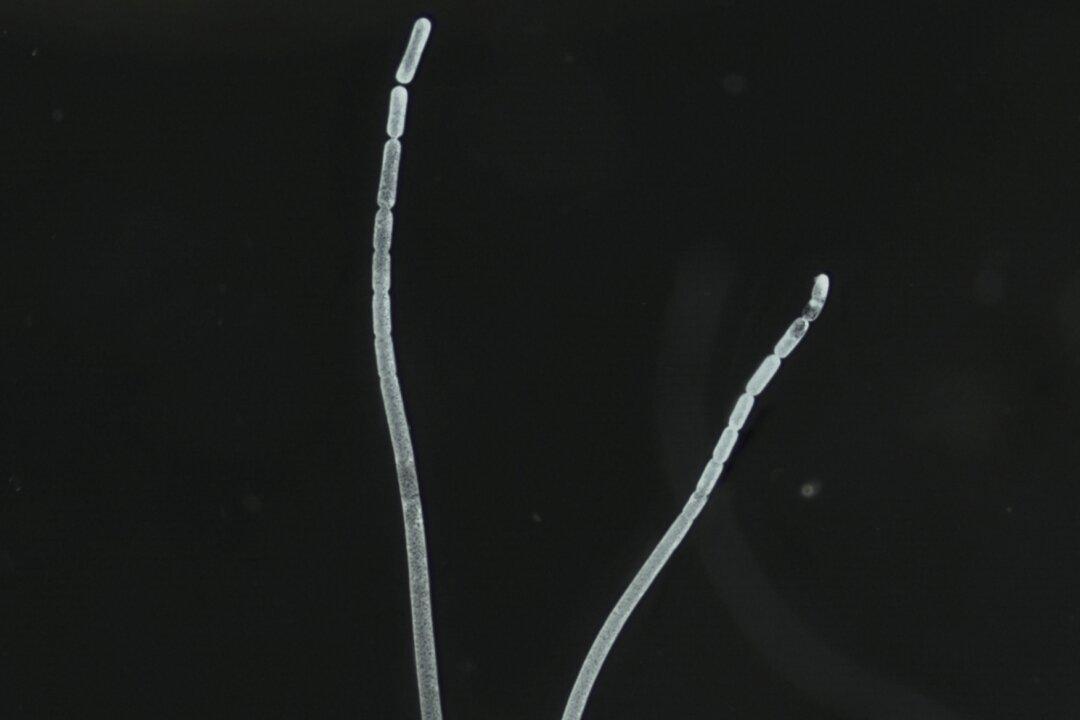WASHINGTON—The largest-known bacterium—a vermicelli-shaped organism that was discovered in shallow mangrove swamps in the Caribbean and is big enough to be seen with the naked eye—is redefining what is possible for bacteria, Earth’s most ancient life form.
Scientists said on Thursday the bacterium, called Thiomargarita magnifica, is noteworthy not merely for its size—colossal for a single-celled organism at up to about eight-tenths of an inch (2 cm) long—but also because its internal architecture is unlike other bacteria.





